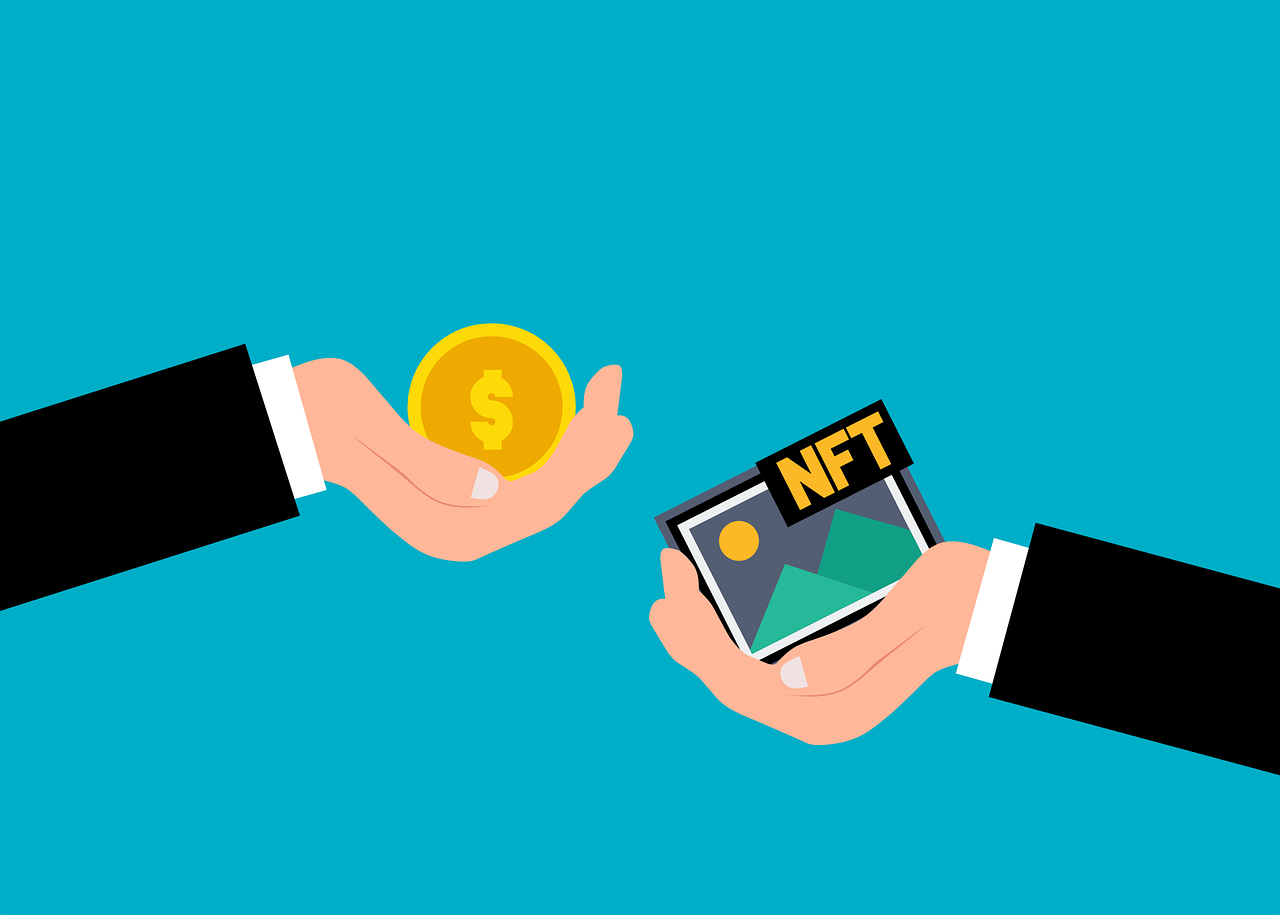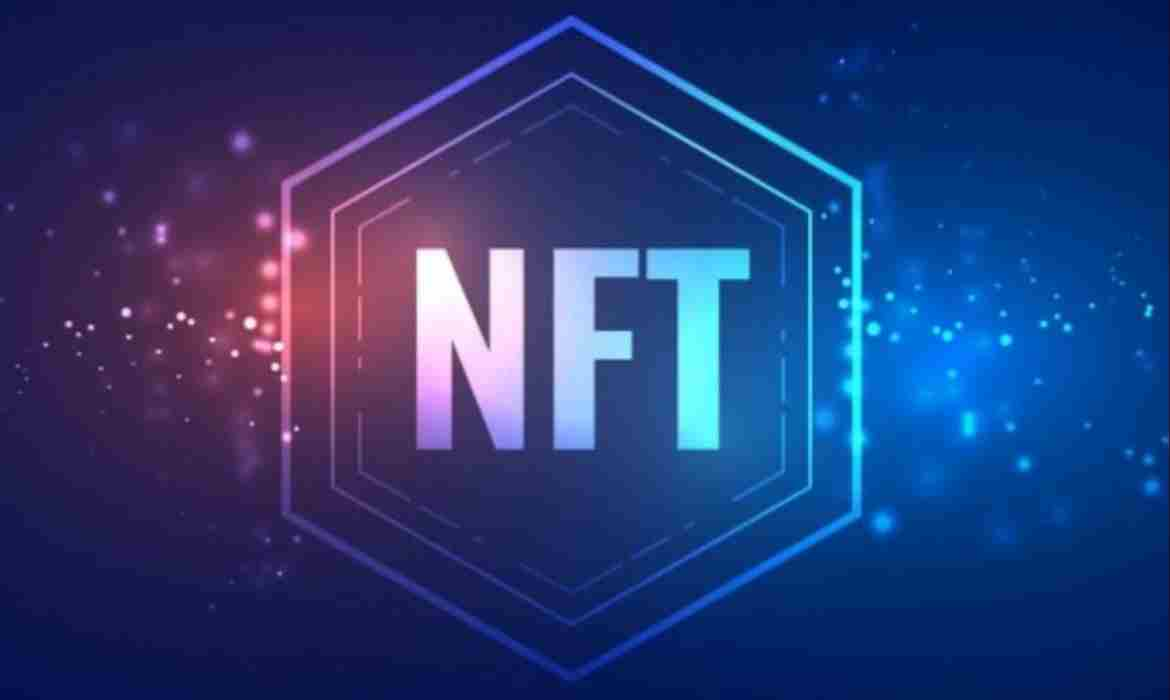In today's rapidly evolving digital world, the emergence of non-fungible tokens (NFTs) has created a significant buzz. NFTs are a unique type of crypto asset that allows individuals to assert ownership over real or digital items, with a particular emphasis on the latter. In this article, we will delve into the world of NFTs, exploring what they are, how they work, and why they have garnered so much attention and value.
What are NFTs?
NFTs, or non-fungible tokens, are digital assets that represent ownership of a computer file stored at a specific location within the blockchain. These computer files can encompass a wide range of digital items, such as images, GIFs, audio clips, virtual real estate, and digital artwork. Each NFT is uniquely identifiable due to the metadata it contains, even if multiple NFTs represent copies of the same file.
Think of NFTs as limited editions of trading cards, where each card has a unique serial number, making it distinguishable from others in the set. Creators of NFT collections can further enhance the value and scarcity of their pieces by incorporating traits of varying degrees of rarity. This uniqueness and scarcity contribute to the appeal and desirability of NFTs among investors and collectors.
Fungibility and Non-Fungibility
While NFTs themselves are exchangeable, meaning they can be bought and sold, their non-fungible nature lies in the fact that each token possesses distinct value due to its unique characteristics. In contrast, fungible tokens like cryptocurrencies can be mutually exchanged on a one-to-one basis without impacting their value.
Key Characteristics of NFTs
One of the significant advantages of NFTs is their indestructible nature. As all NFT data is stored on the blockchain through smart contracts, each token cannot be destroyed, removed, or replicated. This ensures that gamers and collectors genuinely possess their NFTs, as opposed to merely holding a license, as is the case with some digital purchases.
Furthermore, the use of blockchain technology allows for verifiability of ownership, eliminating the need for third-party verification. Historical ownership data stored on the blockchain allows digital artworks and other items to be traced back to their original creators, providing a transparent and immutable record of ownership.
How do NFTs work?
In order to prove ownership of digital items, a transparent and immutable ledger is necessary. Blockchain technology, with its publicly distributed nature, provides the perfect solution for storing NFTs transparently. Each time an NFT is transferred or created, the action is recorded on the blockchain and timestamped, enabling users to trace the history of their NFTs back to their origins.
Ethereum, one of the leading blockchain platforms, introduced specific token standards like ERC-721 and ERC-1155 to streamline the creation and deployment of NFTs. Other blockchains like Eos, Neo, and Tron have also adopted their NFT token standards to encourage developers to build and host NFTs on their networks.
NFT Marketplaces
Unlike other cryptocurrencies that can be traded on centralized or decentralized exchanges, NFTs require specific marketplaces for listing and trading. OpenSea and Rarible are among the most popular NFT marketplaces, facilitating transactions for a wide range of NFT collections.
Why do NFTs matter?
NFTs have gained immense popularity among crypto users and companies due to their revolutionary impact on the gaming and collectibles industry. Gamers and collectors can now own in-game items and other unique assets permanently, and artists can directly sell digital artwork to a global audience without intermediaries, allowing them to retain more profits.
The Value of NFTs
The value of NFTs is influenced by supply, demand, and the uniqueness of each item. Some NFTs have sold for exorbitant prices due to their scarcity and the high demand from collectors, investors, and gamers. NFTs also offer opportunities for passive income, as creators can receive royalties from secondary sales of their digital assets.
The Most Expensive NFTs
The record for the most expensive NFT sale to date is held by a fractionalized artwork piece called "The Merge," which was sold for an astounding $91.8 million. This sale illustrates the tremendous value and potential that NFTs hold in the market.
Conclusion
Non-fungible tokens have emerged as a transformative force in the digital realm, providing individuals with unique ownership over various digital assets. Through blockchain technology, NFTs ensure transparency, verifiability, and scarcity, driving their popularity among artists, gamers, collectors, and investors. As the NFT market continues to grow and evolve, it promises exciting possibilities for the future of digital ownership and creativity.
FAQs
Q. What exactly is an NFT?
A. NFT stands for a non-fungible token, a digital asset that represents ownership of a unique computer file stored on the blockchain.
Q. What makes NFTs different from other cryptocurrencies?
A. Unlike other cryptocurrencies, NFTs are non-fungible, meaning each token has its own distinct value and cannot be exchanged on a one-to-one basis.
Q. How does blockchain technology contribute to NFTs?
A. Blockchain technology ensures the transparency and verifiability of NFT ownership, providing a permanent record of each token's history.
Q. What are some popular NFT marketplaces?
A. OpenSea and Rarible are two well-known NFT marketplaces, but there are various other options available depending on the specific NFT collection.
Q. Why are NFTs so valuable?
A. NFTs derive their value from their uniqueness, scarcity, and demand from gamers, collectors, and investors, leading to high prices in some cases.











Comment
No Comment Here